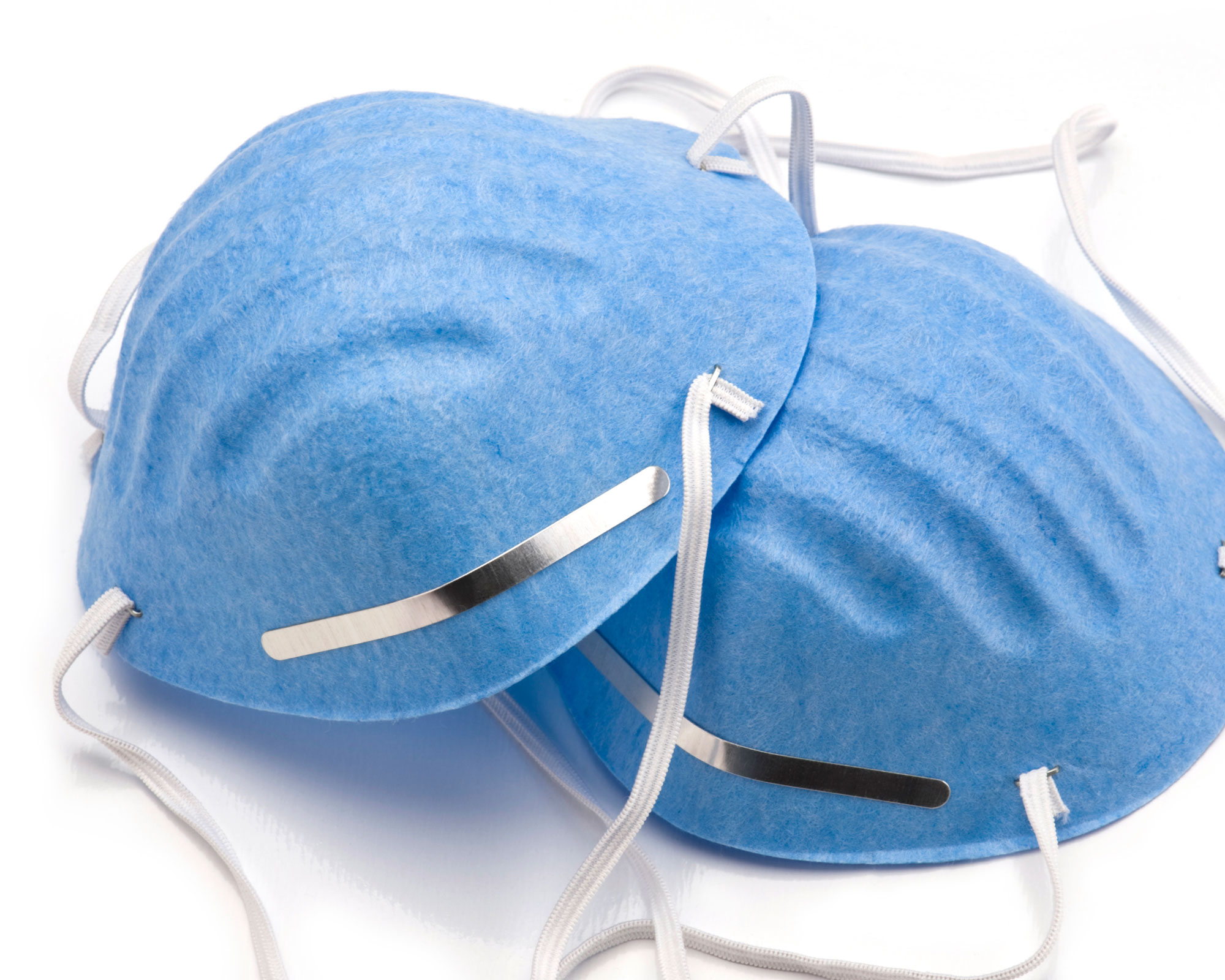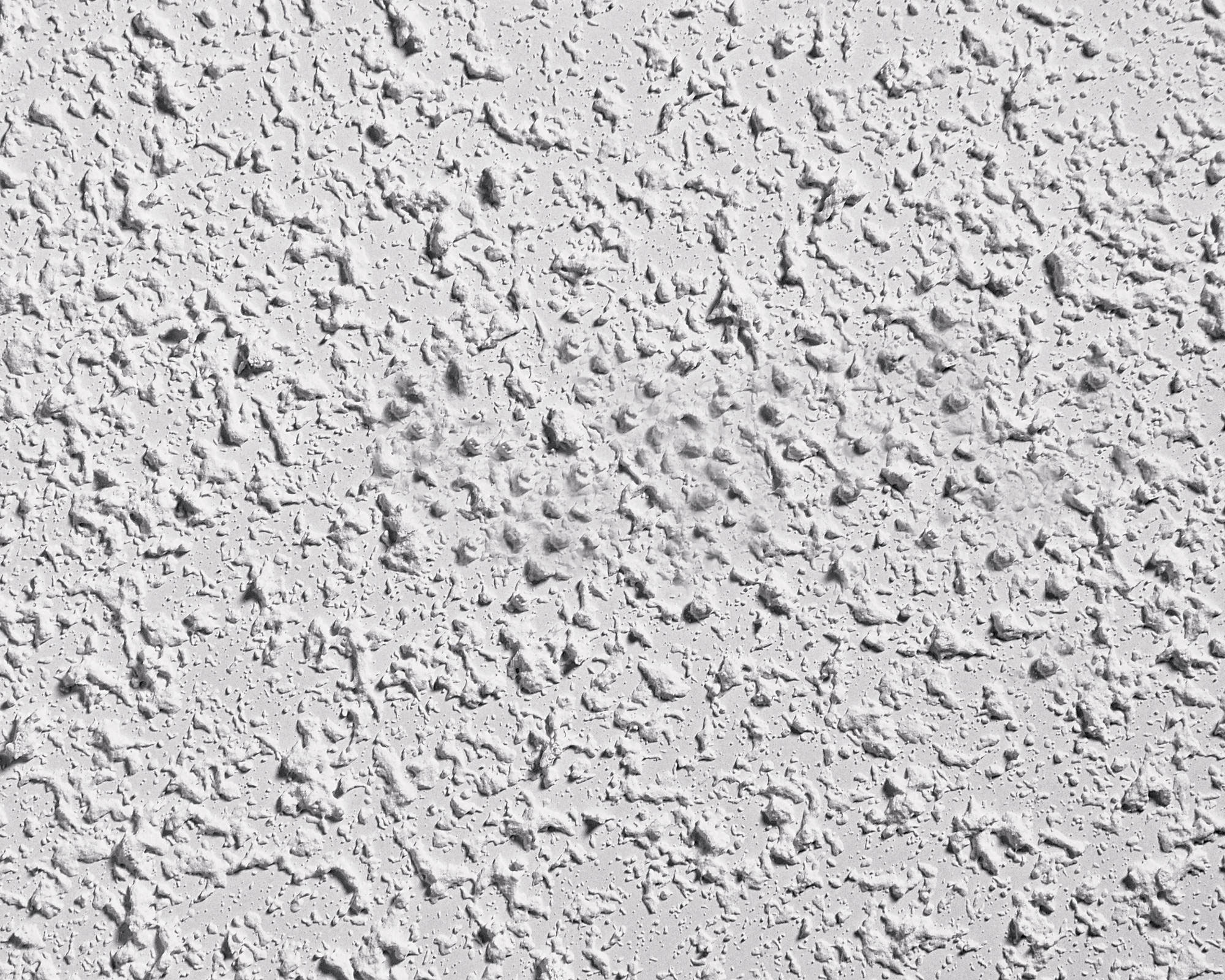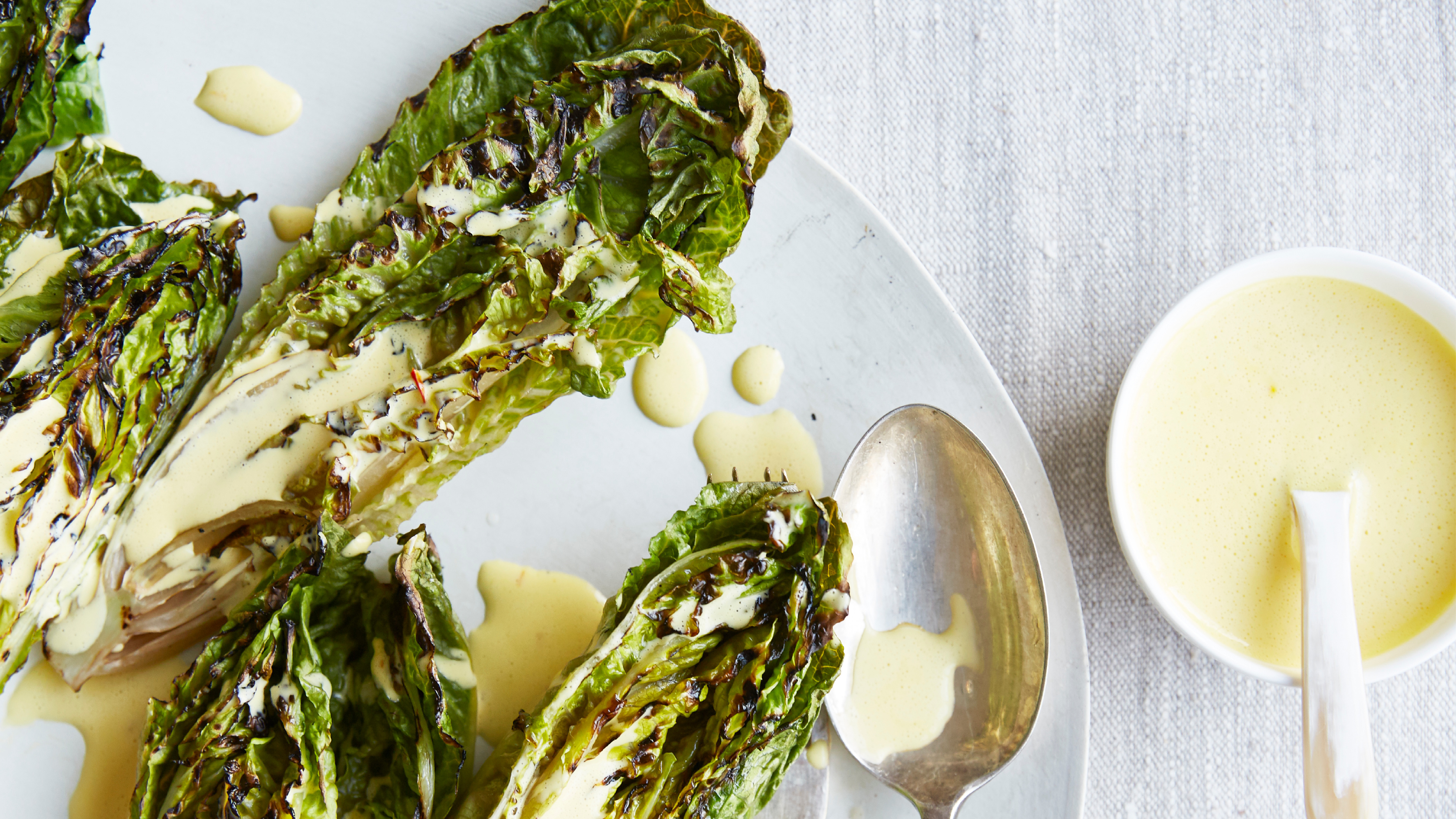How to get rid of dust on a popcorn ceiling – 4 simple steps for easy removal
Follow these simple steps to banish dust and cobwebs on a popcorn ceiling


With their many ridges and grooves, popcorn ceilings have a habit of accumulating dust over time, which not only makes surfaces look dingey but also compromises air quality.
There are a few routes to take if you want to remove dust on a popcorn ceiling quickly and easily: either use a vacuum cleaner with the right attachments, an extra-long duster, or a damp microfiber cloth.
Whichever method you choose, the contoured surface of a popcorn ceiling requires a gentle hand or you risk damaging it. We turned to cleaning professionals for their top cleaning tips for carrying out this task safely and efficiently to get your 'fifth wall' looking its dust-free best.
How to get rid of dust on a popcorn ceiling
Dusting the ceiling is a good task to tick off as part of a spring cleaning checklist and will make a big difference to how clean the space feels as a whole. Be sure to tackle small areas at a time and take plenty of breaks, so you are then less likely to make mistakes or get overwhlemed.
Popcorn ceilings were popular in the seventies, and while many homeowners wish to remove the popcorn ceiling in their homes, their bumpy surfaces do help with acoustics, muffling the sound from above.

1. Get prepped

As with any DIY project or cleaning task, preparing your space is key. As tempting as it may be to skip this step, the experts recommend using a protective face mask for cleaning, at Amazon and goggles, at Amazon. This will prevent the inhalation of dust particles and stop dust from in your eyes and causing irritation.
It's also important to keep the space as well-ventilated as possible while cleaning to reduce the level of dust in the air, and turning on an air purifier will help return the air quality back to normal afterward.
Set up your step ladder, turn off any fans or air conditioning to prevent the dust from circulating like a snow globe and causing a sneezing fit, and dig out your best vacuum cleaner's attachments. You'll need as wide a brush attachment as possible, with soft bristles. Cover furniture and flooring with dust sheets, available at Amazon to help make clean-up easier while protecting your best couch from dust particles.
2. Vacuum with soft brush attachment

Work slowly and methodically, focusing on a small area at a time. Gently run the soft brush attachment over the surface, collecting the dust as you go and moving your ladder along frequently to avoid the temptation to over-reach and lose balance.
'To get rid of the dust on a popcorn ceiling, it is best to use a soft-bristled brush or a vacuum cleaner with a soft brush attachment,' says professional cleaner John Ward from Mold Busters. 'Avoid using water or any cleaning solution, as this can damage the popcorn texture or cause it to fall off.'
John Ward began his career in the mold inspection and removal industry nearly 15 years ago when he joined Mold Busters as a mold remediation technician. He specializes in indoor air quality issues and pollutants.
3. Minimize mess with a damp cloth
This will take longer, but you could use a damp sponge or microfiber cloth, at Amazon, as long as you have wrung it out to remove all excess moisture.
'Using a damp cloth or sponge to wipe the ceiling can help capture dust and debris more effectively and prevent them from falling to the floor,' says Angela Lee from Hellamaid cleaning company. If the ceiling is very dusty, you could wipe it down – being careful not to use too much water – and then vacuum it as a second step.

Angela Lee writes for cleaning company Hellamaid.com and has made it her mission to help others create a cleaner and more organized living space, learning from the experts and staying up-to-date on the latest trends and techniques in the industry. With years of experience in home organization and cleaning, she has a wealth of knowledge to share with readers.
4. Use a duster with extension
No idea where you put your vacuum attachments? Simply use a duster with an extendable handle, at Walmart. This will of course mean vacuuming the floors when finished, but will effectively remove dust on the ceiling and cornicing, and while you are in spring cleaning mode, it's a good chance to clean blinds, too.

FAQs
Can popcorn ceilings make your house dusty?
Like any surface in the home, popcorn ceilings can collect dust over time, but the texture of this ceiling type makes it harder to clean than a smooth ceiling. So popcorn ceilings can lead to more dust build-up.
'The small nooks and crannies in the popcorn texture can trap dust and make it more difficult to remove,' says Ahmad Jamal here, a cleaning expert at CleanersAdvisor. 'If your popcorn ceiling is in good condition and not showing signs of wear or damage, it is unlikely to create significant amounts of dust on its own. However, if the ceiling has been damaged or is in need of repair, it can create more dust as particles of the ceiling material become airborne.'
Ahmad recommends regular cleaning and maintenance can help to keep dust levels low and prevent any potential health issues associated with dust accumulation.
How long does it take for popcorn ceiling dust to settle?
'The amount of time it takes for popcorn ceiling dust to settle can vary depending on factors such as airflow, humidity, and the amount of activity in the room,' comments John Ward at Mold Busters. 'However, it is generally recommended to wait at least 24 hours after cleaning before entering the room or turning on any fans or air conditioning units.'
Can you paint over dust on a popcorn ceiling?
It is much more sensible to dust before painting a popcorn ceiling rather than going straight in with your paintbrush or roller. A paintbrush is actually another handy tool for getting rid of the dust on the ceiling, so do take the time to prepare the surface properly.
'Dust and other debris on the ceiling can prevent the paint from adhering properly, leading to a patchy or uneven finish,' agrees Ahmad Jamal. 'Additionally, painting over dust can trap the dust beneath the paint, making it more difficult to remove in the future.'
Once you're done, dispose of the vacuum bag and clean the brush attachment, or wash the duster or microfiber cloth to prevent the dust from spreading around the next time you clean.
Sign up to the Homes & Gardens newsletter
Design expertise in your inbox – from inspiring decorating ideas and beautiful celebrity homes to practical gardening advice and shopping round-ups.

Millie Hurst is a freelance lifestyle writer with over six years of experience in digital journalism. Having previously worked as Solved Section Editor at Homes & Gardens and Senior SEO Editor at News UK in London and New York, Millie has written for an array of homes brands including Livingetc and Real Homes and was formerly Senior Content Editor at Ideal Home. She has written and edited countless features on home organization, decluttering and interior design and always hopes to inspire readers with new ways to enjoy their homes. She loves to weave nature-inspired decor and nods to time spent in Italy into her own home.
-
 Charred little gem with saffron dressing
Charred little gem with saffron dressingThis recipe with charred little gem is both easy to make and sure to impress guests. It's the perfect side for fresh spring menus
By Alice Hart
-
 Grilled asparagus with herb and pickled red onion
Grilled asparagus with herb and pickled red onionThis grilled asparagus couldn't be easier, and it's a wonderful way to get the best flavor from our favorite spring veg. It's perfect alongside fish or lamb
By Alice Hart